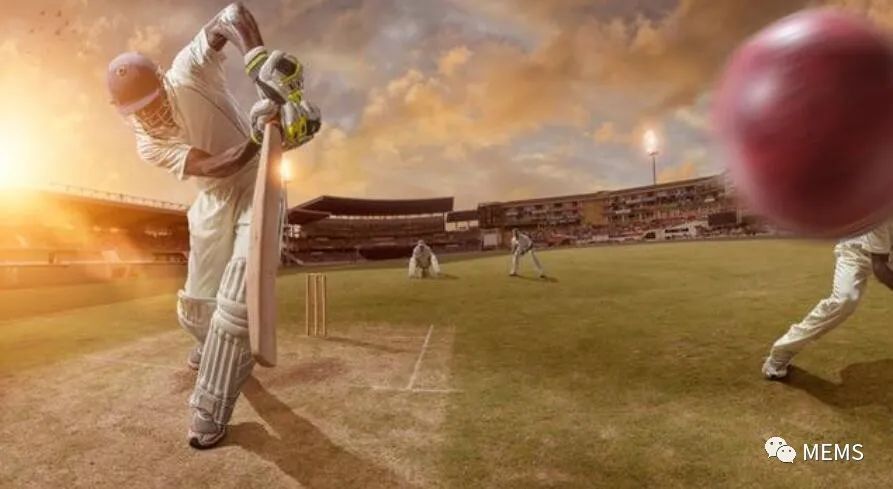Sensors track speed, rotation, seam position or direction, and how long the ball has landed on the court.
Editor’s note: This article comes from WeChat public account “MEMS” (ID: MEMSensor) .
Like baseball, cricket also relies on grass, dirt, wood, corks, spins, drops and ascents. Every small detail determines victory and defeat. Cricket coaches and players around the world are looking for better ways to track every move.

In the past, players used chalk, cones, or a piece of A4 paper as marks to evaluate the effect of playing. Later, smartphones appeared, and players started recording videos with their phone cameras and comparing them to videos on YouTube.
But as players become more powerful, and funding and other risks are getting higher, more specific and accurate data is needed. In each action, the player generates data that can be used to track the level of action.
According to Mymes Consulting, SeeHow, headquartered in India, wants to turn sports equipment into data detection sensors to achieve the purpose of tracking data. Its advantage is that the sensors are embedded in the cricket and bat handles, and players do not need to change anything in their original exercise habits. This is an accurate record for tracking the movement of a cricket, and where and how it falls on the bat. The data is recorded in the attached Android application.
For pitchers, sensors can track speed, rotation, seam position or direction, and how long the ball has landed on the court. For the batter, sensors track the speed and angle of the swing, the position of the shot, the way the batter hits, the batter’s response to a particular shot, and the speed at which the ball leaves the bat.
“Most MEMS sensors can measure angular speeds in excess of 300 rpm. An international golfer like Shane Warne can spin the ball to 3000 rpm, which we can capture.” SeeHow’s Founder and CEO Dev Chandan Behera said.

SeeHow has applied for five patents, one of which is about the structure of the ball, especially how to keep the ball vibrating. The product is being used in 12 cricket colleges in 9 countries including the United States, India, and New Zealand. As the scale grows, the company will license hardware to equipment manufacturers and become a platform company.
SeeHow is not the only company engaged in optimizing cricket training. A company called StanceBeam has developed a system that analyzes the energy generated by a cricket swing, the angle and direction of the swing, and the 3D data of the batter’s swing. Unlike SeeHow, StanceBeam’s system is not built into sports equipment, it is implemented through an extended hardware.
Microsoft partnered with Indian cricket star Anil Kumble and its company Spektacom to enhance the impact of its sensor designed to help fans and advertising by using embedded sensors, artificial intelligence, video modeling and augmented reality Businessmen are better involved. The first product is a smart sticker that includes sensor technology designed to track batting behavior and batting data can be displayed in the app.